
Business
10:40, 06-May-2017
How China has integrated with Russia and Mongolia
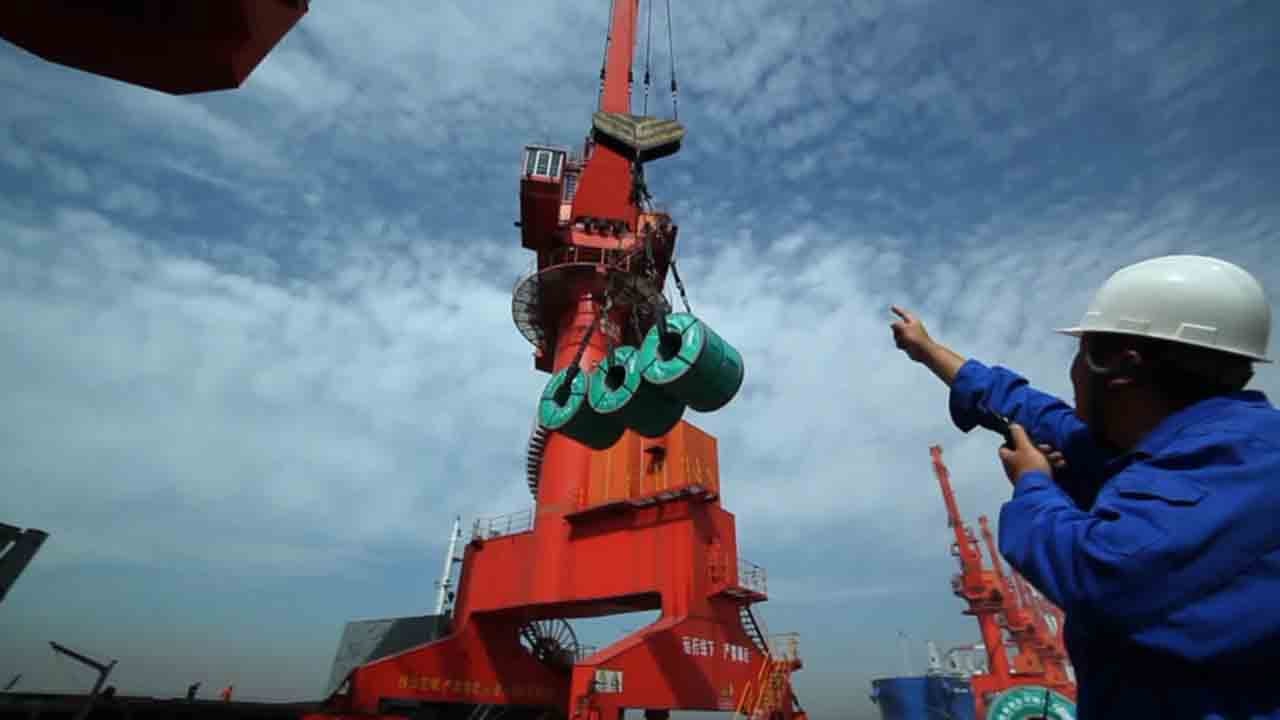
By CGTN's Guan Yang
Since 2013, the Belt and Road Initiative has become the centerpiece of China’s economic diplomacy. The essence of the concept is to promote regional and cross-continental connectivity between China and Eurasia. In China’s northeast, which is under the China-Mongolia-Russia economic corridor, a new transportation hub is emerging to lead the region’s revitalization.
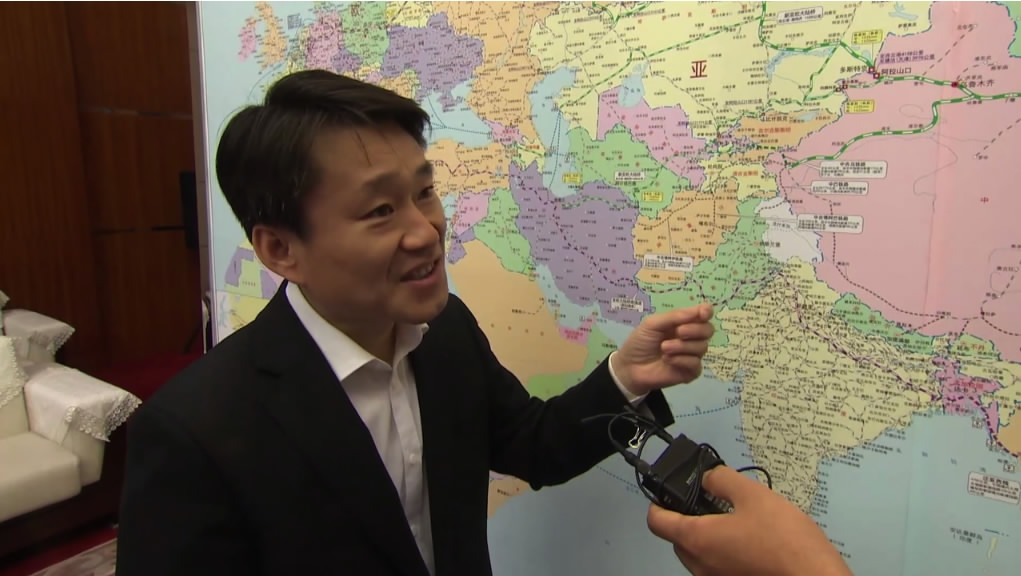
Wang Zelin, general manager of Yingkou Port, wants to help companies at home and abroad to reduce the costs of transportation by connecting different routes around the port together. /CGTN Photo
Wang Zelin, general manager of Yingkou Port, wants to help companies at home and abroad to reduce the costs of transportation by connecting different routes around the port together. /CGTN Photo
If we can help companies at home and abroad to reduce the costs of transportation by connecting different routes around the port together, then we are utilizing our geographical advantages to the fullest,” said Wang Zelin, general manager of the Yingkou Port in northeast China.
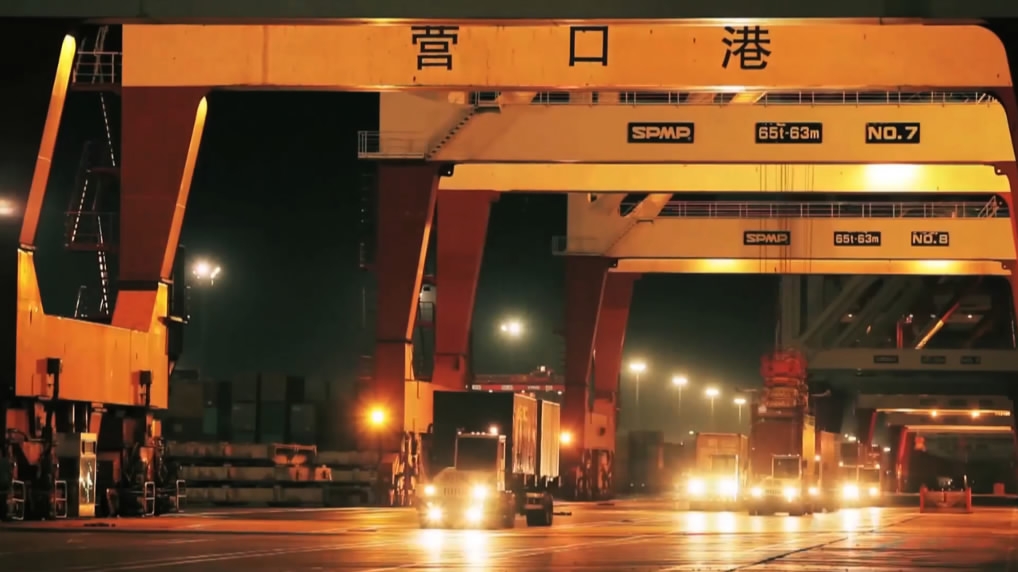
Yingkou Port in NE China, a new transportation hub to revitalize the region. /CGTN Photo
Yingkou Port in NE China, a new transportation hub to revitalize the region. /CGTN Photo
The Belt and Road Initiative brings together countries in Asia, Europe and Africa via overland and maritime networks. The key task for areas like northeast China is the development of infrastructure to be better integrated with Russia and Mongolia.
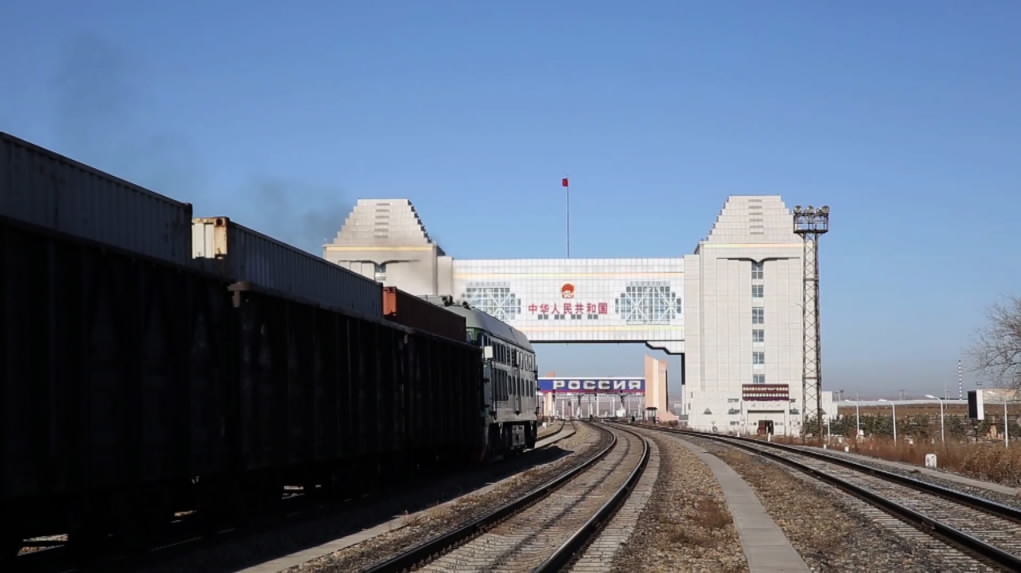
The ocean-rail combined logistics service provided by Yingkou Port. /CGTN Photo
The ocean-rail combined logistics service provided by Yingkou Port. /CGTN Photo
Since the Belt and Road Initiative was announced in 2013, the Yingkou Port has sought closer cooperation with Russian Railways. These ties bore fruit last year with the launch of a service that combines the movement of cargo on rail and sea. Trains traveling from this port now have routes to cities like Ulaanbaatar, Moscow, and Warsaw.
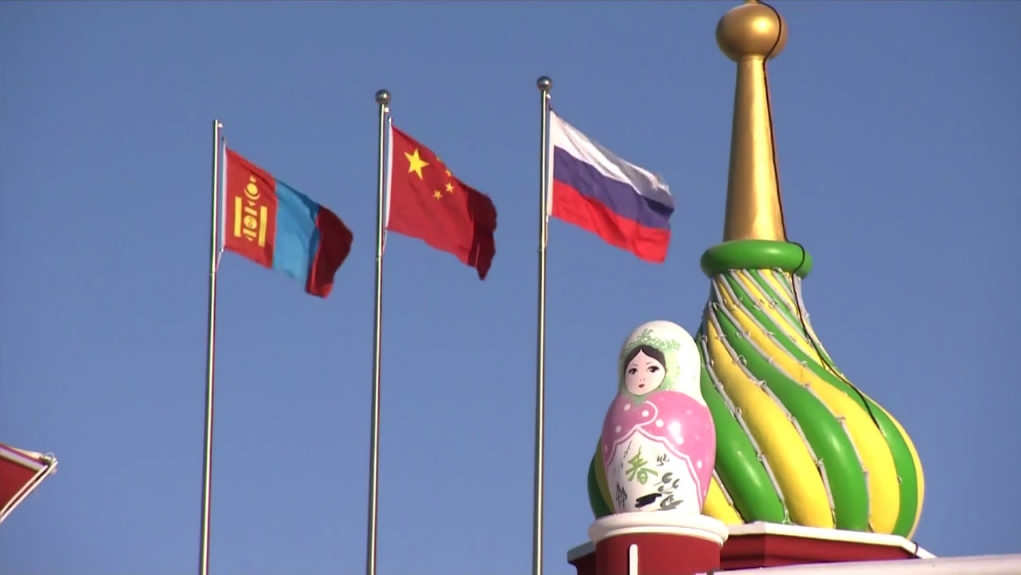
Trains traveling from Yingkou Port have routes to cities like Ulaanbaatar, Moscow, and Warsaw. /CGTN Photo
Trains traveling from Yingkou Port have routes to cities like Ulaanbaatar, Moscow, and Warsaw. /CGTN Photo
A similar transformation is happening in Russia: From this month onward, companies there can choose to import or export goods via the ocean-rail combined logistics service provided by Vostochny Port at the eastern end of the Trans-Siberian Railway.
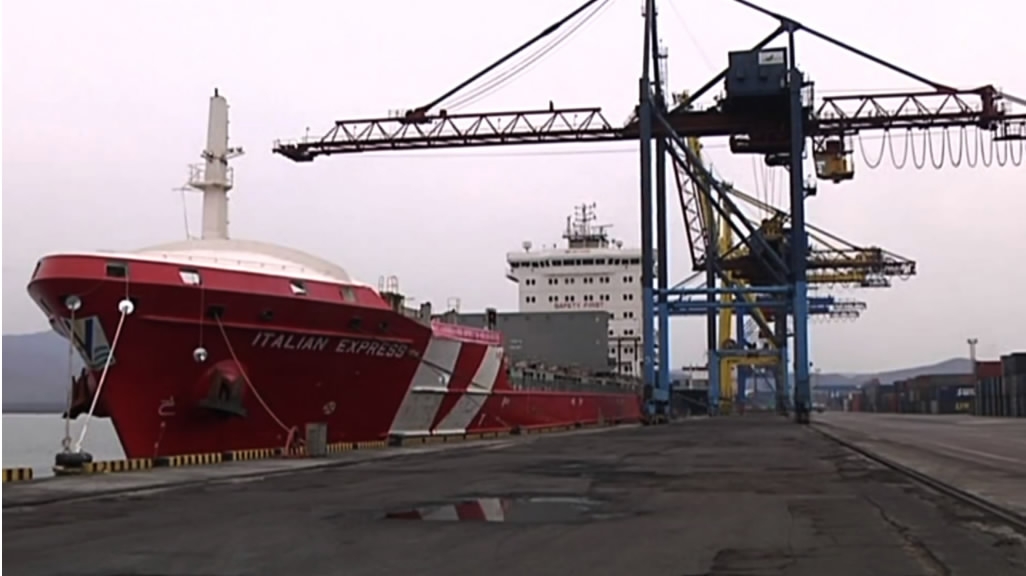
A similar transformation is happening in Vostochny Port in Russia. /CGTN Photo
A similar transformation is happening in Vostochny Port in Russia. /CGTN Photo
Aleksandr Dudko, CEO of Vostochny Port said, "Currently, about half of the cross-border trade conducted at the port uses the ocean-rail combined logistics service. We have plans to further expand our routes to cities especially in southern China through infrastructure upgrade."
502km

SITEMAP
Copyright © 2018 CGTN. Beijing ICP prepared NO.16065310-3
Copyright © 2018 CGTN. Beijing ICP prepared NO.16065310-3